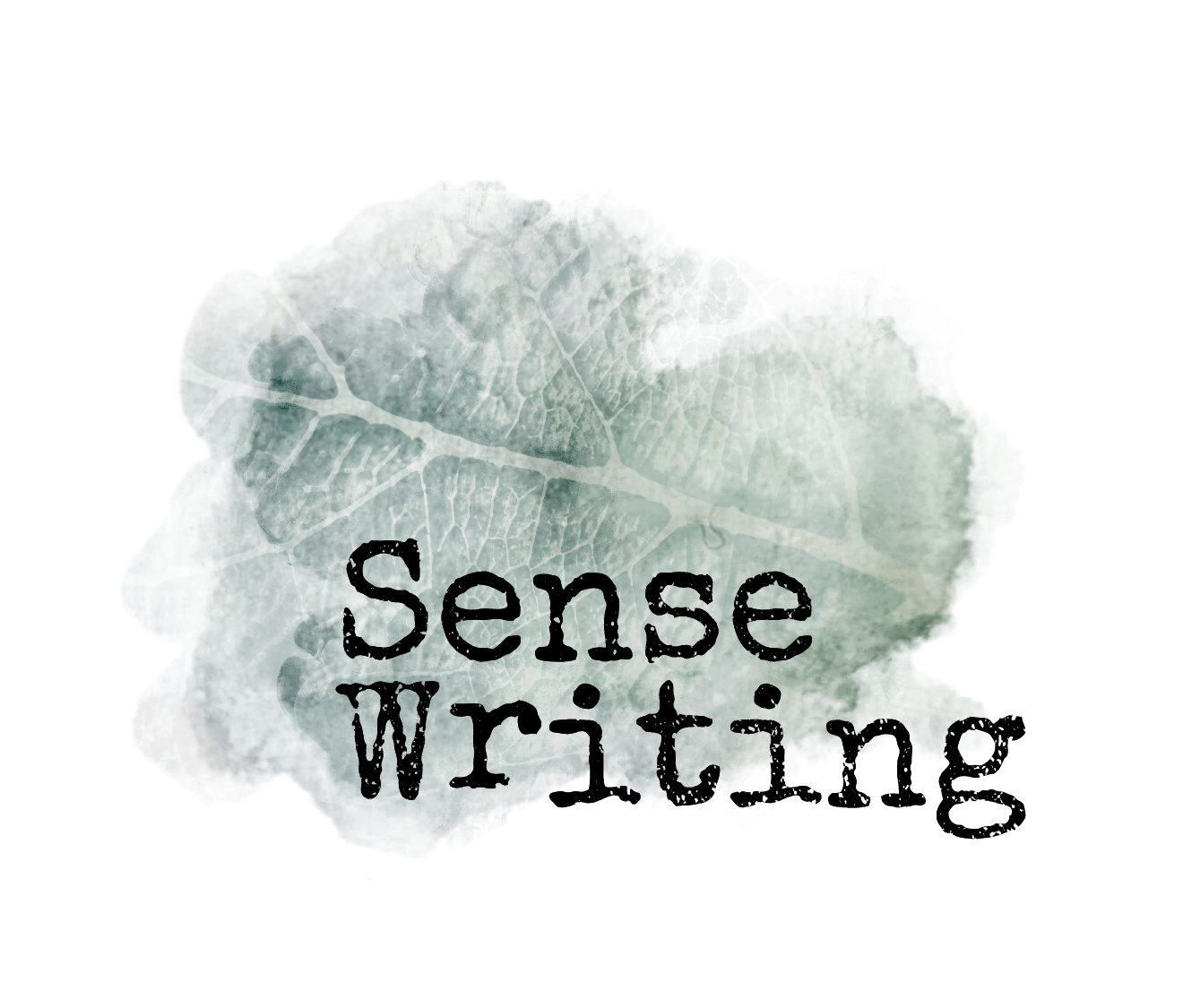Contending with an Unnameable Itch
We’re used to things being either/or: you’re either successful or not. Committed or not. An artist or not.
But either/or thinking is neither realistic nor (usually) helpful. Especially if you’re contending with an unnameable itch. There’s not a swab test for this type of itch. There's no calamine ointment.
The symptoms vary, but frequently present as a desire for deeper inquiry and a more creative life. Certain sufferers report a baffling but persistent urge to write and tell stories. Outbreaks may be accompanied by embarrassment and either/or thinking, as in: I’m itching… but I’m not a Serious Writer or Artist or Fill-In-the-Blank.
There’s a lot already written about ways to integrate art into regular life (like Julia Cameron’s programs), but in the coming blogs I’m less interested in writing about doing capital-A Art as a capital-P Project and more in how creativity shows up in our lives already, even in ways we may not think of as Serious Creative Work.
I’m here for lowercase creativity.
The ambient buzz
The truth is that we’re not just already creative; we are already WRITERS. We might not label ourselves as such but pause for a moment to consider all the ways that our actions prove us so.
There are the countless acts of writing on screens (and even paper) that saturate our daily lives: texts, emails, social media posts, birthday cards, and so on. Even a grocery list can tell a story — all it takes is finding someone else’s abandoned list in an empty cart to show you how.
We’re swarming with words and stories. We’re the hive and the bees. We contain and encounter so many stories that they form an ambient buzz, a ticklish background noise. No wonder we get itchy.
No wonder it's hard to figure out how, or where, to scratch.
Listen first
With Sense Writing, we aim to recognize that we’re creating stories all the time already and stop TELLING them for a second so that we can HEAR them.
When you slow down and listen, the ambient buzz of all these swarming stories doesn’t necessarily get quieter, but it gets clearer.
Like picking out the violins in a symphony or the particular warble of a bird species you know in a morning cacophony, you might even begin to quietly track the buzz and movement of one particular bee — to zoom in on one particular story.
Sense Writing is not about evolving or succeeding or controlling the buzz. In fact, in my experience as a writer and teacher, the pressure to ACHIEVE too often stifles or overwhelms ideas.
Instead, Sense Writing is about remembering. Remembering the stories that have stacked up inside us and remembering what it’s like to play as we discover them.
“In Sense Writing, you follow the end of your pen, the tips of your fingers, the nerve endings in your body, the place where you end and the world begins is a fuzzy place full of possibility and story.” -Jean Rhode
The power of playing
Playing, as it turns out, is not something we need to be taught. It just happens, like walking and language: an engaged response to all that already exists in the world. And though playing doesn’t require instruction, it’s a rich space for trying and learning and trying again.
In adulthood, we often wall ourselves off from trying stuff out if we’re not already experts (e.g. Serious Writers). When we feel like beginners as adults — while stumbling through exercise classes or getting used to a new job — we often remember the stress, overwhelm, and embarrassment.
But these experiences can also offer discovery. Remember how satisfied you’ve felt after puzzling your way through a new challenge?
That’s what the longing is for. That’s what a label — or the fear of missing the right label — takes from you.
And the truth is that even those who carry those labels get stuck behind them more often than you think. Even for Serious Writers, labels don’t scratch the itch.
In Sense Writing, we learn processes to make the urge to write — that unnameable itch — both nameable and available.
And we don’t have to prove ourselves with labels or accomplishments before we start. We get to start with what’s already there — by playing.



